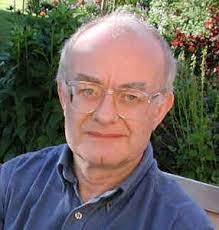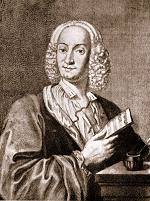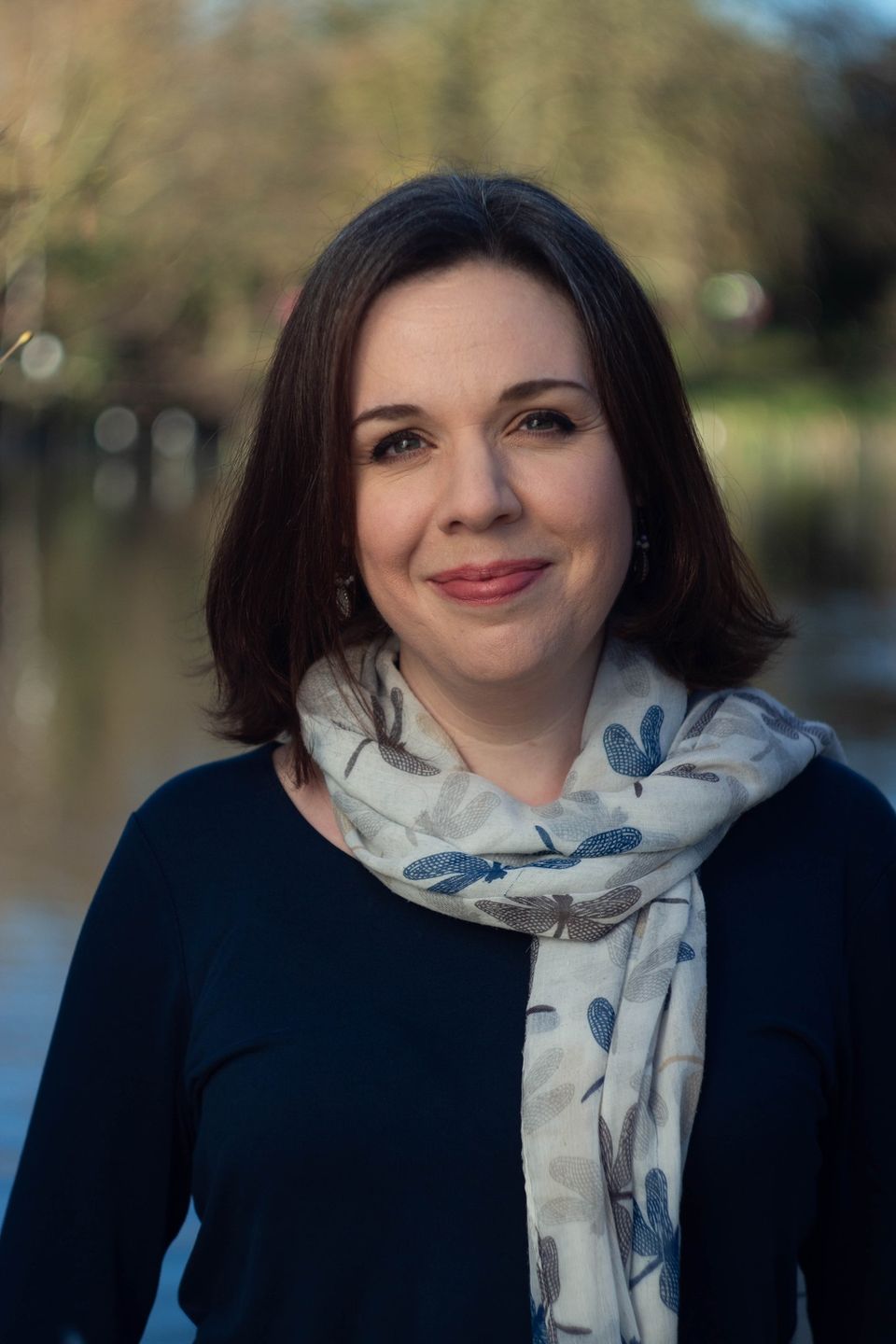 Rutter Rutter |
Sunday November 21st 2021 at 4:00 pm |  Vivaldi Vivaldi |
| St Paul’s Church, Church Street, Oldham. OL2 5JS | ||
| (map) |
| Gloria – Vivaldi |
| Antonio Lucio Vivaldi composed this Gloria in Venice, probably in 1715, for the choir of the Ospedale della Pietà , an orphanage for girls. The Ospedale prided itself on the quality of its musical education and the excellence of its choir and orchestra. Vivaldi, a priest, music teacher and virtuoso violinist, composed many sacred works for the Ospedale, where he spent most of his career, as well as hundreds of instrumental concertos to be played by the girls’ orchestra. This, his most famous choral piece, presents the traditional Gloria from the Latin Mass in twelve varied cantata-like sections.The wonderfully sunny nature of the Gloria, with its distinctive melodies and rhythms, is characteristic of all of Vivaldi’s music, giving it an immediate and universal appeal. The opening Gloria in excelsis deo movement is a joyous chorus, with trumpet and oboe obligato. The extensive introduction establishes two simple motives, one of octave leaps, the other a quicker, quaver – semiquaver figure. The choir enters in chorale-like fashion, syllabically declaiming the text in regular rhythms.
The B minor Et in terra pax is in nearly every way a contrast to the first. It is in triple rather than duple time, in a minor key, and rather slower. Its imitative and expressive chromatic texture evokes the motets of the Renaissance era, the so-called “stile antico”. Laudamus te, a passionate duet for soprano and mezzo-soprano, gives us some hint of the skill of Vivaldi’s young singers. Gratias agimus tibi is a very broad and entirely homophonic prelude to a fugal allegro on Propter magnam gloriam. The Largo Domine Deus, Rex coelestis is in the form of duet between the solo soprano and the solo violin, followed by the joyful F major Domine Fili unigenite chorus in what Vivaldi and his contemporaries would have regarded as the ‘French style’. It is dominated by the dotted rhythms characteristic of a French overture. Domine Deus, Agnus Dei features the alto soloist, with the chorus providing an antiphonal response, qui tollis peccata mundi, to each intercession. The bold harmonies of the following section, Qui tollis, provide a refreshing change of tone colour, and complement the intercessional alto aria, Qui sedes ad dextera Patris. The string accompaniment contains recollections of the opening movement, and prepares for the following movement, Quoniam tu solus sanctus, which takes the shape of a brief reprise of the opening movement’s broken octaves. The powerful stile antico double fugue on Cum Sancto Spiritu that ends the work is an arrangement by Vivaldi of the ending of a Gloria per due chori composed in 1708 by an older contemporary, the now forgotten Veronese composer Giovanni Maria Ruggieri |
| Gloria – Rutter |
| The English composer John Rutter has become a veritable icon of contemporary choral music. His association with Clare College, Cambridge, first as a student, then as Director of Music, and later, as the organizer of the much-recorded Cambridge Singers, has led to international recognition.Gloria is one of Rutter’s most ambitious concert works, and its premiere was the occasion for his first visit to the US, in May, 1974. The Voices of Mel Olson commissioned the work, and the composer conducted the performance by that chorale in its Omaha NE home. Rutter himself sees this work as analogous to a symphony, with three movements€” allegro vivace, andante, vivace e ritmico–i.e., fast, slow, fast, in common with symphonic practice, and, says Rutter, ” exalted, devotional and jubilant by turns”. Gloria represents the second section of the Ordinary, the fixed-form portion of the Latin mass, i.e., the section following the Kyrie, and the introit, when the latter is used.
Many composers have set this text as an independent work. The practice of subdividing sections of the mass, such as the Gloria and the Credo, into separate movements dates from the time of Bach, who employed it in the B-Minor Mass, but it was popularized by early 18th-century composers. Rutter based his setting on one of many Gregorian chants which utilized this text. About the orchestration, he says, “The accompaniment (sic) is for brass ensemble with timpani, percussion and organ – a combination which in the outer movements makes quite a joyful noise unto the Lord, but which is used more softly and introspectively in the middle movement” |
| Report |
Following the pandemic, the choir greatly appreciated performing and singing together. The concert was successful and was well received. The choir and the audience enjoyed the wonderful acoustic of St Paul’s Church. Click here to view the concert programme which contains further information about the choir, the composers and the works.Aimee Belmore has kindly provided the following review which appeared in The Correspondent covering Shaw, Compton, Royton, Milnrow, Newhey and Heyside:
Oldham Choral Society concert is ‘Glorious’TWO versions of the Gloria rang around St Paul’s Church in Royton as Oldham Choral Society put on their latest concert for a full audience. The Vivaldi Gloria is one of the most joyful and popular works of the Italian Baroque, and Rutter’s Gloria is a lively contemporary work with lots of exciting Latin and jazz rhythms.
The choir were joined by two talented local singers, soprano Rachel Abbott and contralto Ailsa Mainwaring, who took part in the two Glorias and also sang a few pieces in keeping with the theme of the concert. As we emerge from the pandemic, the theme of the Glorias reflected the choir’s joy of coming together to make music. Vivaldi’s work was first performed over 300 years ago and it is nearly 50 years since John Rutter was inspired to write his. The choir set about the Vivaldi with obvious enthusiasm and the first movement which is called the Gloria brought a truly ‘glorious’ sound. The ‘Laudamus te’ and ‘Domine Deus’ were beautifully sung by the two soloists. Towards the end, the choir raised the intensity with Quoniam tu solus Sanctus and the soloists rejoined the choir in the rousing finale of ‘Cum Sancto Spiritu’. This was followed by the Contralto in ‘Vergnugte Ruh’ (Contented peace, delight of the soul) by J.S. Bach, and the Soprano in Handel’s Rejoice greatly from ‘The Messiah’. Two members of the choir’s Bass section recently passed away and the following duet allowed the choir and audience to remember these, and others, while listening to a beautiful rendition of a short selection from ‘The Messiah’. John Smith was the organist and his accompaniment to the soloists was applauded by them. The organ played a particularly important part in the drama of the Gloria by John Rutter. It was a demanding choice with its tango and jazz rhythms, but the choir performed it with vigour in the first movement and a touching gentleness in the Andante, and executed the jubilant final movement ending with a fugue Cum Sancto Spiritu and a fast Amen.
Oldham Choral Society has been fortunate to have Nigel Wilkinson as its Musical Director and Conductor and he returns for his 23rd year. Fred Jones, president and long serving member as chairman of the choir, said: €œI am really proud of the way the choir members have come back in force to rehearsals, and worked so hard to put on the concert.€ The choir looks forward to its Family Christmas Concert with Ashton Band on Friday, December 17 at 7.30pm at Oldham Parish Church, Rock Street, Oldham OL1 3UH. |
| The choir were joined by a first-class team of professional soloists. |
| Soloists | |
 |
Soprano – Rachel Abbott completed her time as a young artist on the ENO’s Opera Works programme in 2017 and prior to this she completed a PGDIP AS and associate studentship at the RNCM, a PGCE at Nottingham Trent, a Master’s Degree at Huddersfield University and her undergraduate degree at Sheffield University. Read more….. |
 |
Mezzo Soprano – Ailsa Mainwaring. Mezzo soprano Ailsa Mainwaring graduated from the Royal Academy of Music in 2012 with Distinction in her Masters. Read more….. |
| Organist | John Smith |
| Conductor | Nigel P Wilkinson |
Tickets: £10 available from:
– Our ticket secretary on 0161 797 3583
– at the door
– or via members of the choir

